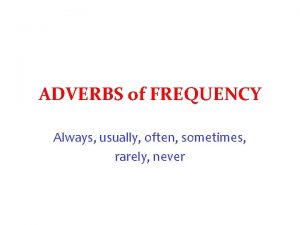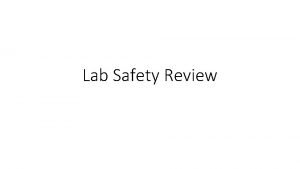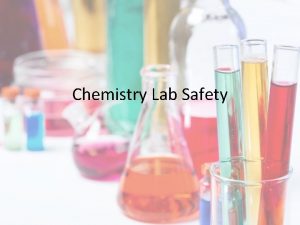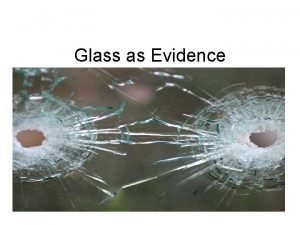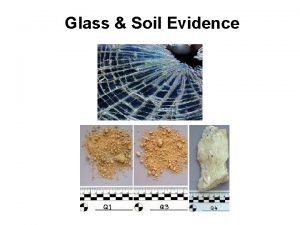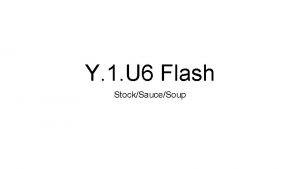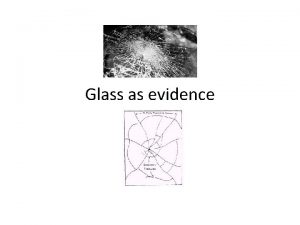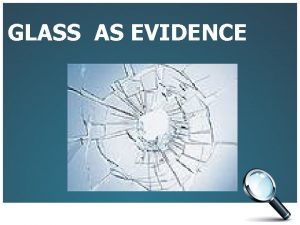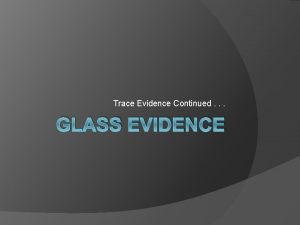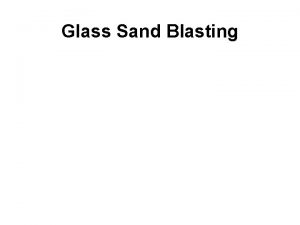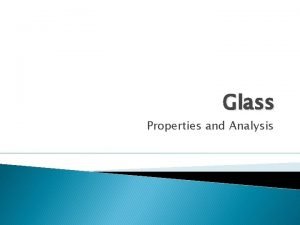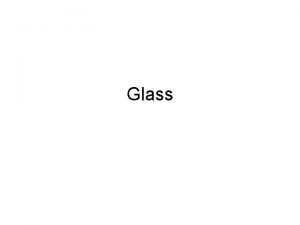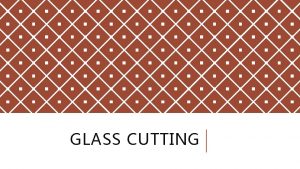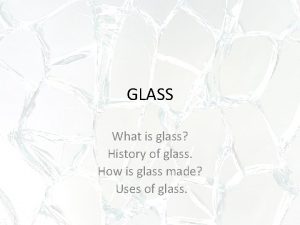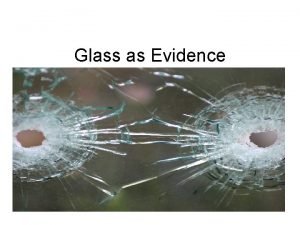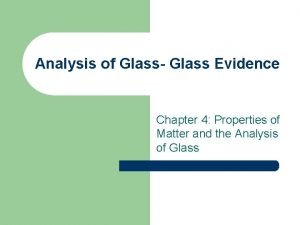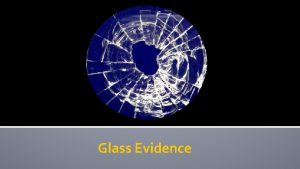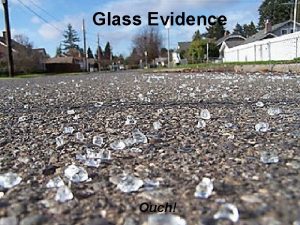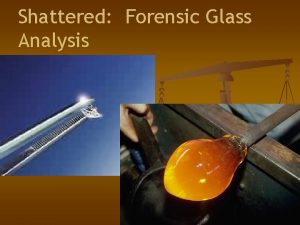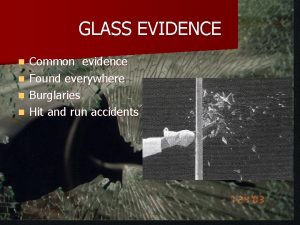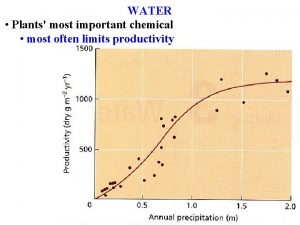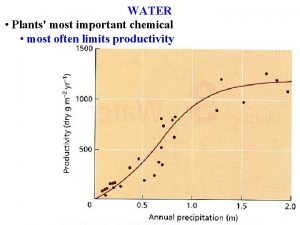Glass as Evidence Unit Overview Most often the





























- Slides: 29

Glass as Evidence

Unit Overview • Most often the composition of glass is unique and therefore identifiable. • In science what type of properties can we test?

Physical vs. Chemical Properties • The forensic scientist can determine distinguishing physical and chemical characteristics. • Glass can be identified its chemical compostion, density, and also by its refractive index.

Physical vs. Chemical Properties • The bending of light waves because of a change in velocity is called refraction.

Application of Refractive Index to Forensics Submersion method—used when glass fragments found at the crime scene are small Forensic Science: Fundamentals & Investigations, Chapter 14 5

Application of Refractive Index to Forensics • Place the glass fragment into different liquids of known refractive indexes • The glass fragment will seem to disappear when placed in a liquid of the same refractive index Forensic Science: Fundamentals & Investigations, Chapter 14 6

Video • http: //forensicsglassevidence. weebly. com/video. html

Application of Refractive Index to Forensics • Becke Line a halo-like effect appearing at the edges of a glass fragment when the reflective index of the glass and liquid are different – If the line is inside the glass perimeter, the glass index is higher than the index of the liquid – If the line is outside the glass perimeter, the glass index is lower Forensic Science: Fundamentals & Investigations, Chapter 14 8

Becke Lines Glass has higher refractive index-note white line inside • Glass has lower refractive index-note white line outside

What is Glass? • Glass is an amorphous solid usually made from silica, calcium oxide, and sodium oxide. • Silica’s chemical name is silicon dioxide Would this structure affect HOW glass breaks?

11

Types of Glass • Glass used in vehicle wind shields have been created to not break apart when hit.

What type of glass is this?

How is glass used by Forensic Scientist?

Glass as evidence • By analyzing the fracture patterns, forensic investigators can determine what object hit the glass and from which direction the object came, sequence of events and composition of specialized glass

CLASS or INDIVIDUAL EVIDENCE ?

Glass is Class Unless…. Glass evidence is considered class evidence, because it is mass-produced However if pieces of broken glass fit…

Fracture Patterns in Broken Glass • Fracture patterns provide clues about the direction, rate, and sequence of the impacts Forensic Science: Fundamentals & Investigations, Chapter 14 18

What pressure is found on ENTRY and EXIT side of glass?

Compression and Tension

ROT • Radial-----Opposite side----Tension

CCS • Compression---Concentric---Same side •

Path of a Bullet Passing through Window Glass perpendicular to the glass shot from the left shot from the right • The angles at which bullets enter window glass help locate the position of the shooter • Bits of the glass can fly backward (backscatter), creating trace evidence Forensic Science: Fundamentals & Investigations, Chapter 14 23


Entry and Exit holes

Blunt Object Fractures

Heat Fractures

Handling of Crime Scene Glass Samples 1. Identify and photograph any glass samples 2. 3. 4. 5. 6. before moving them. Collect the largest fragments that can be reasonably collected. Identify the outside and inside surface of any glass. If multiple panes are involved, make a diagram. Note trace evidence such as skin, hair, blood, or fibers. Package all materials collected to maintain the chain of custody. Forensic Science: Fundamentals & Investigations, Chapter 14 28

 Always often sometimes rarely never
Always often sometimes rarely never Glass escalator concept
Glass escalator concept If acid is splashed on your skin, wash at once with *
If acid is splashed on your skin, wash at once with * Does hot glass look like cold glass
Does hot glass look like cold glass Is glass class evidence
Is glass class evidence Glass evidence in forensic science
Glass evidence in forensic science What is a primary source
What is a primary source Primary evidence vs secondary evidence
Primary evidence vs secondary evidence Primary evidence vs secondary evidence
Primary evidence vs secondary evidence Primary evidence vs secondary evidence
Primary evidence vs secondary evidence Jobs vancouver
Jobs vancouver Why are fibers considered class evidence
Why are fibers considered class evidence Class evidence vs individual evidence
Class evidence vs individual evidence Difference between class and individual evidence
Difference between class and individual evidence Class vs individual evidence
Class vs individual evidence Red herring fallacy
Red herring fallacy Most often used for breakfast cookery
Most often used for breakfast cookery Which grand sauce is made from milk and white roux? *
Which grand sauce is made from milk and white roux? * What is a crab dolly? when is it most often used?
What is a crab dolly? when is it most often used? Informal e-mail
Informal e-mail Unit 6 review questions
Unit 6 review questions Hát kết hợp bộ gõ cơ thể
Hát kết hợp bộ gõ cơ thể Lp html
Lp html Bổ thể
Bổ thể Tỉ lệ cơ thể trẻ em
Tỉ lệ cơ thể trẻ em Gấu đi như thế nào
Gấu đi như thế nào Glasgow thang điểm
Glasgow thang điểm Chúa yêu trần thế alleluia
Chúa yêu trần thế alleluia Các môn thể thao bắt đầu bằng từ đua
Các môn thể thao bắt đầu bằng từ đua Thế nào là hệ số cao nhất
Thế nào là hệ số cao nhất
